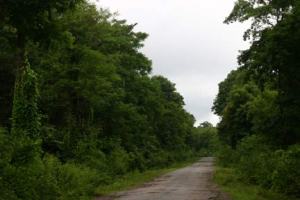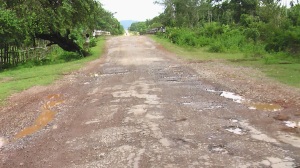Once east of Kalewa, I drive along the main road that takes me over the hills and into the open lowland that takes me onto Mandalay. This is pretty much thick forest all the way. I am mindful of the fact that as a British citizen, I would have no chance of really doing this drive without ending up in a Burmese prison. I found that I could enter Moreh and travel the short distance to Tamu, just across the border, but the rules are that I would have to go straight back across the border at the end of the day. No stay over. No hotel. For this reason, I will be sleeping in the Camper wherever I get as a symbol of defiance.
Just a couple of hours drive through the thick jungle, which is pretty humid, I pass through Shwebo, also known as Ratanasingha, and was the capital of Burma between 1752 to 1760. Not the biggest capital city I have known, but the ancient moat that surrounds the town is worth seeing. Very few tourists make it this way, not least because of Burma’s restrictive laws and military rule.
Burma shares a border with India, Bangladesh, China, Laos and Thailand and has a population of around 60 million people. In 1287 the country was invaded by the Mongol nation and the Pagan rulers fell. Burma was later reunited by the Taungoo dynasty, which for a while became the biggest empire in Southeast Asia. In the 19th Century, after a number of Anglo-Burmese wars, it was colonised by the British Empire.
Burma is also known as Myanmar, but due to the United Nations and several other organisations imposing sanctions on the country for human rights violations, the military government is not recognised by many countries, including United Kingdom, United States, Australia and Canada.


